Yesterday, today and tomorrow meet here
By Gary Diedrichs
You couldn’t ask for more. The heart of the Northeast megalopolis, the world’s largest economic engine with nearly 40 million people to attract to meetings. A global nexus for media, medicine, finance, higher education and tech, all with experts for the podium and panel. Inspiring landscapes, from mountains to wave-lapped shores. And where our country’s history began and is still made every day. This is the Mid-Atlantic, from New York to Delaware.
Nearly half the nation’s 100 highest-income counties (based on median household income) are found in the Mid-Atlantic states, and some of its families have been amassing their nest eggs from the nation’s earliest days, as all of the Mid-Atlantic states were among the original 13 colonies—and Delaware (nickname: The First State), Pennsylvania and New Jersey were the first three states, respectively, to ratify the U.S. Constitution.
5 Fantastic Places to Meet
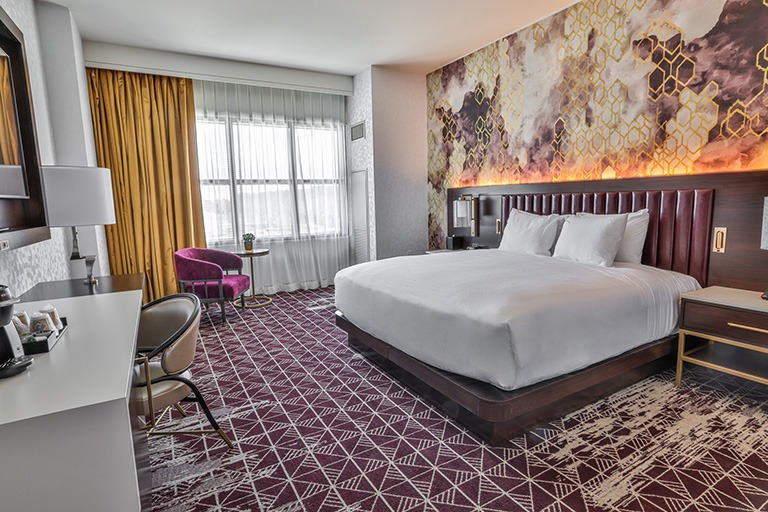
Wind Creek Bethlehem, an hour’s drive from Philadelphia, sits where the historic Bethlehem steel plant once boomed 24 hours a day. Now this AAA Four Diamond hotel, plus casino and spa, does the same. Its 10 dining options include Emeril’s Chop House by chef Emeril Lagasse.
Three ballrooms accommodate a total of 2,200 guests; 552 guest rooms.
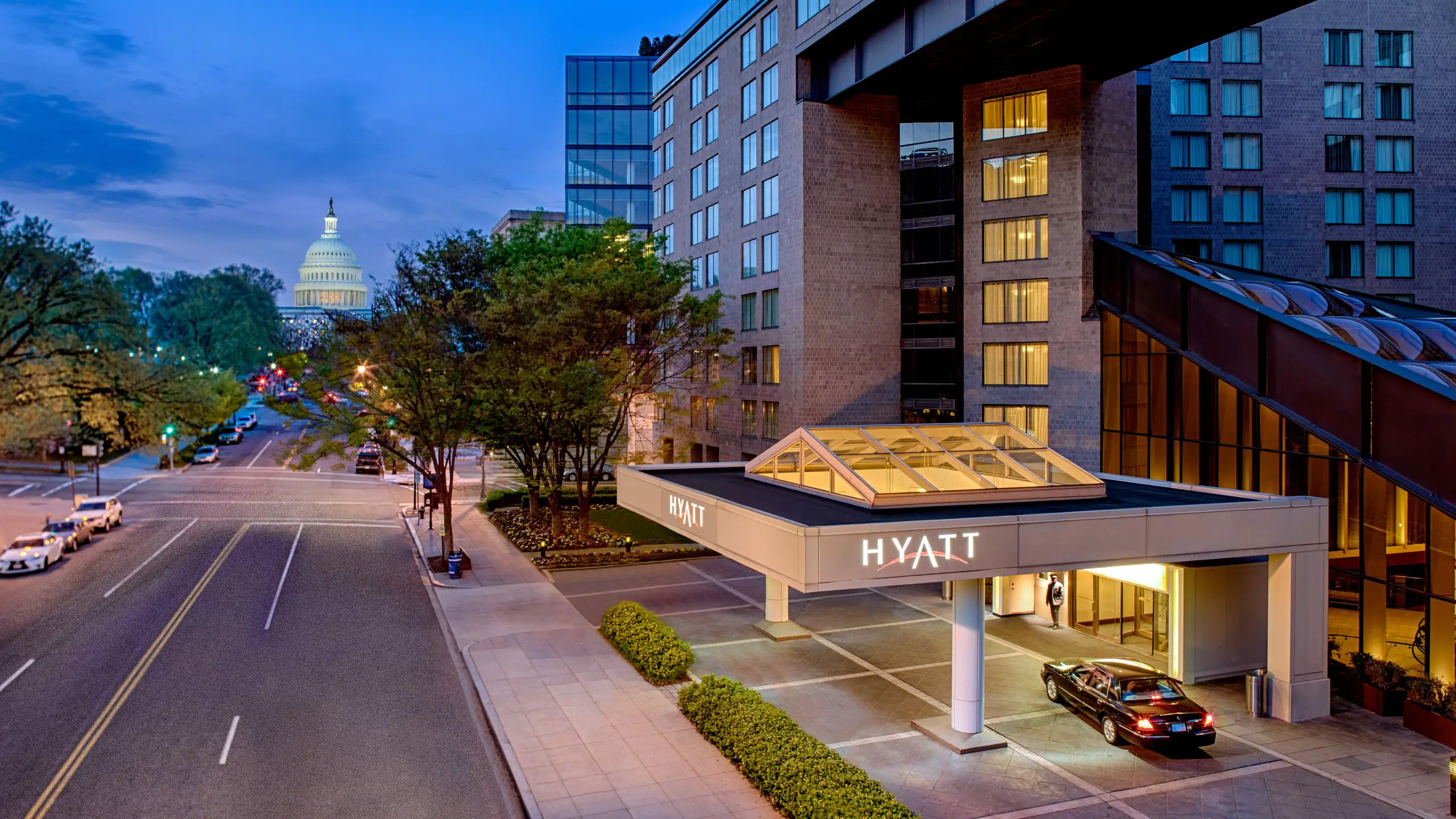
Hyatt Regency Washington on Capitol Hill is like having a private box overlooking the day’s headlines. Not only is it the closest hotel to the U.S. Capitol, the iconic 3,048-square-foot Thornton Room on the top floor has sweeping floor-to-ceiling views of the Capitol grounds.
38,000 sq. ft. of meeting space; 838 guest rooms.
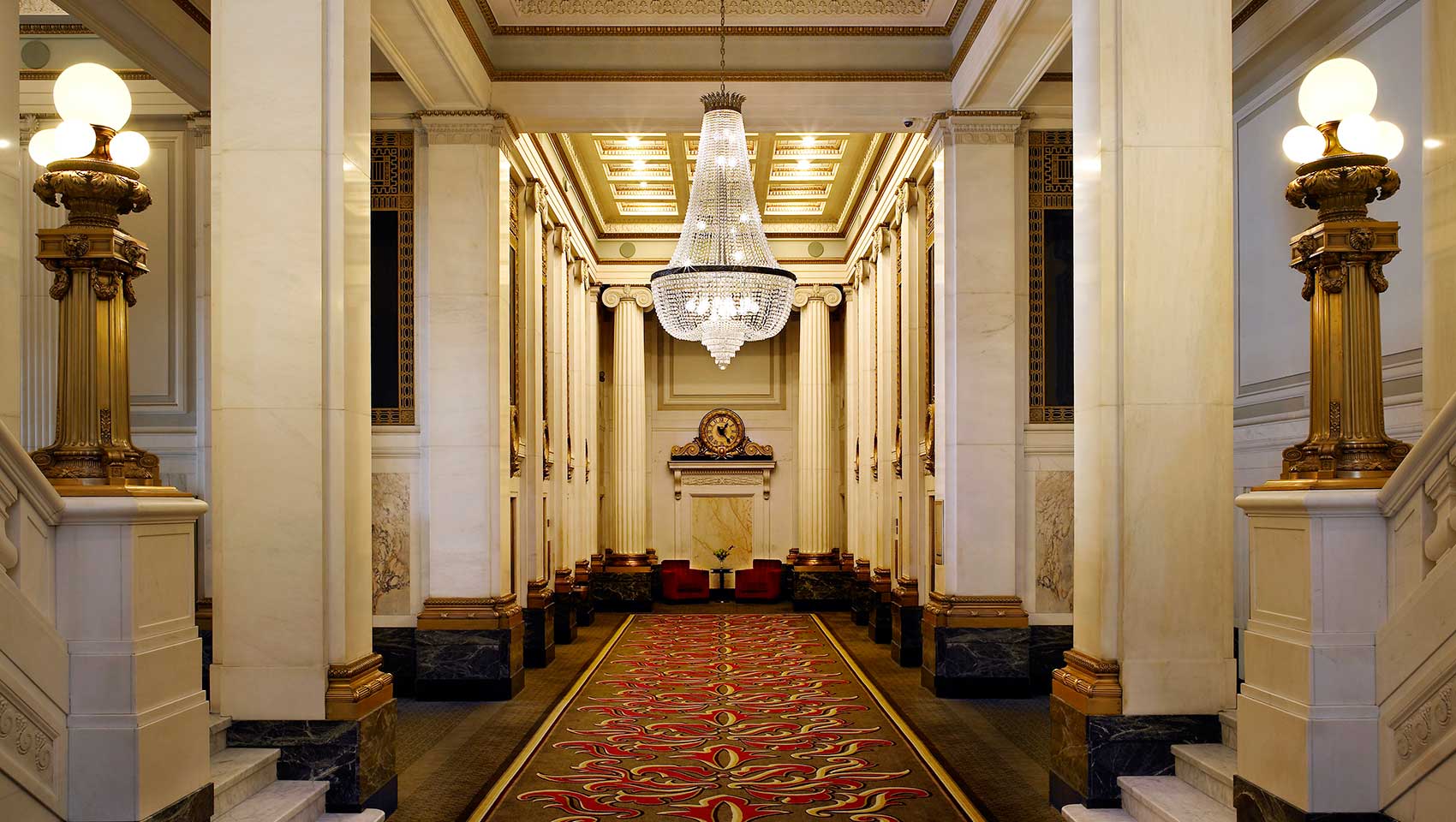
Of Charm City’s 8,000 hotel rooms, few are as atmospheric as those at Kimpton Hotel Monaco Baltimore Inner Harbor. It occupies the ornate, 1906 Beaux-Arts building that once housed the headquarters of B&O Railroad and its Gilded Age powerbrokers. It’s near everything yet a serene place apart.
10,000 sq. ft. of meeting space; 202 guest rooms.
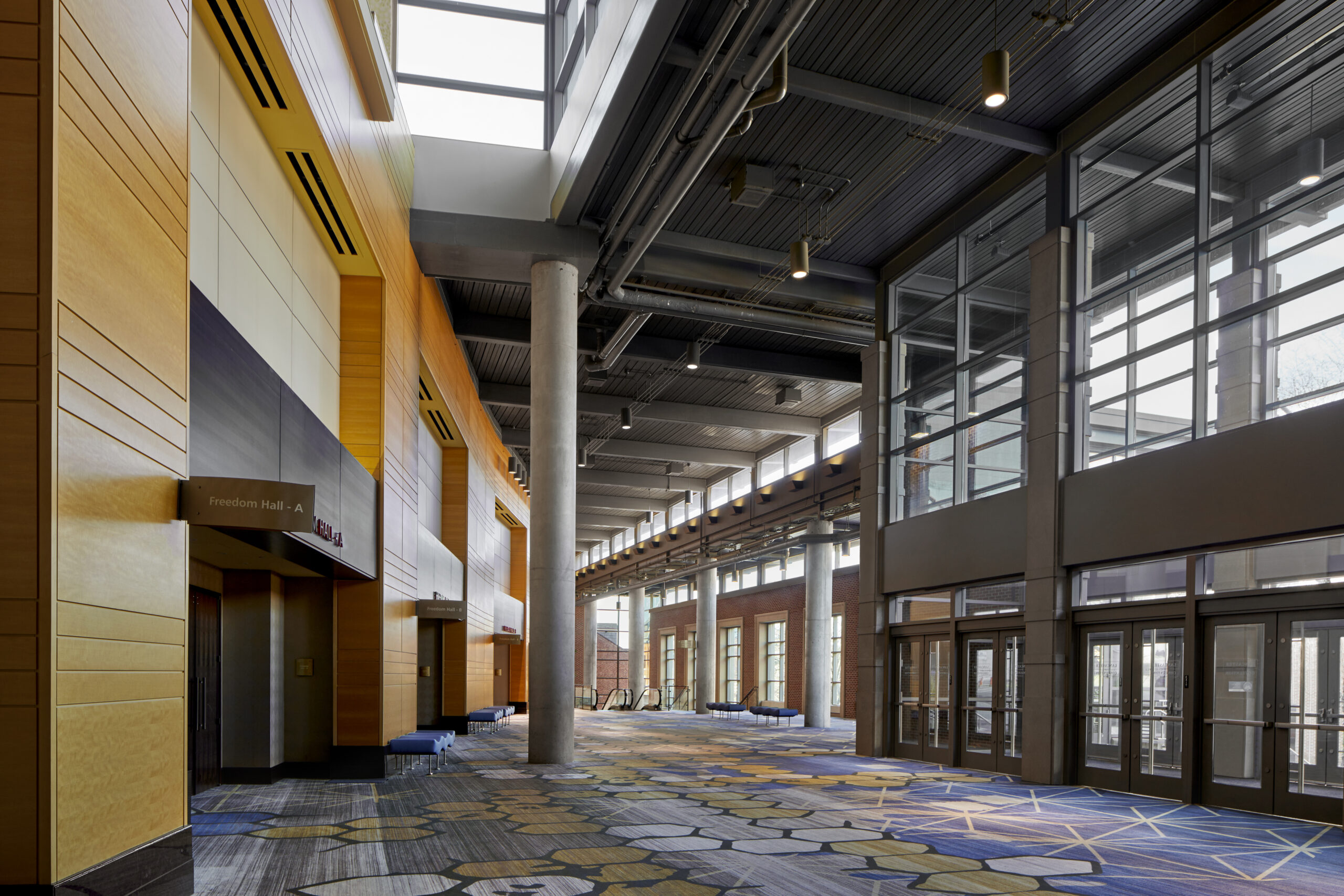
One of only two meetings venues in Pennsylvania to achieve GBAC STAR certification, Lancaster County Convention Center affords big-city sophistication set amid a vibrant small town that still lives up to its 19th-century nickname of Little Munich for being a beer-brewing mecca.
Largest meeting space is 1,250 sq. ft. for up to 80 guests: 97 guest rooms.
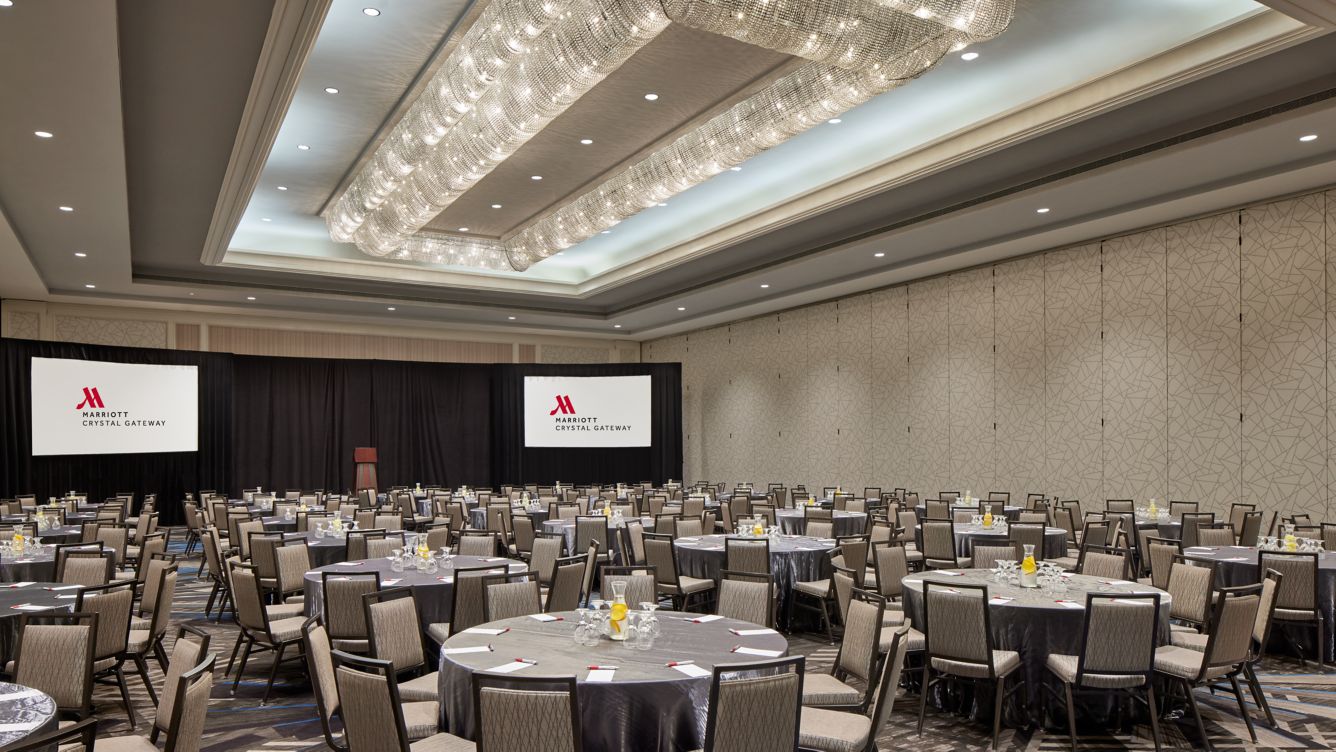
Crystal Gateway Marriott in Arlington recently unveiled a $35 million renovation that gives extra zing to its convenient location—close to Pentagon City and connected to the Metro and the Underground at Crystal City shopping mall—and modern, stylish comfort.
39,983 sq. ft. of event space; 30 breakout rooms; 347 guest rooms.
5 Reasons Meeting Profs Love It

Virginia Beach’s 3-mile boardwalk edges glorious sand, but area history runs even longer. First Landing Cross marks where, in April 1607—13 years before the Pilgrims landed at Plymouth Rock—English settlers erected a cross to give thanks for safe arrival. After touring Virginia Beach’s historic homes, grab beers at Commonwealth Brewing Company, an old firehouse. Nearby are historic Yorktown, Jamestown and Williamsburg.
Lancaster County is Pennsylvania Dutch Country, a tranquil escape where groups can visit the county’s oldest Amish communities, covered bridges on rural lanes, towns lost in time as well as a vibrant community of makers, artists and chefs whose style ranges from Pennsylvania Dutch (think chicken corn soup and whoopie pie) to fine dining.
You can’t talk Baltimore without talking food, especially from its nearby waterways. About half the nation’s delicious blue crab is harvested in Maryland, steamed and doused in melted butter, and made into crab cakes and dips. A “poor man’s” version, coddie, is a hand-formed salt cod and potato cake, deep-fried, and served between saltines with a dab of mustard.
The D.C.-area has become a hotbed for the arts. Arlington, Virginia, just across the Potomac from the capital, hosts more than 1,500 such experiences a year—theater, live music and beyond—and has been called a “hotbed of cultural abandon” by The Washington Post. John F. Kennedy Center for the performing arts in D.C. mounts more than 2,000 performing arts shows and events yearly.
Delaware boasts many reasons for visiting—beaches, water sports, festivals and, yes, vineyards—but no sales tax is enough to put it on any group’s radar. Whether it’s in higher-end emporiums like Christiana Mall between Newark and Wilmington or the funky boutiques and antique shops of charming Milford and Lewes, retail therapy never felt better.
A Convention Center Next Door to History
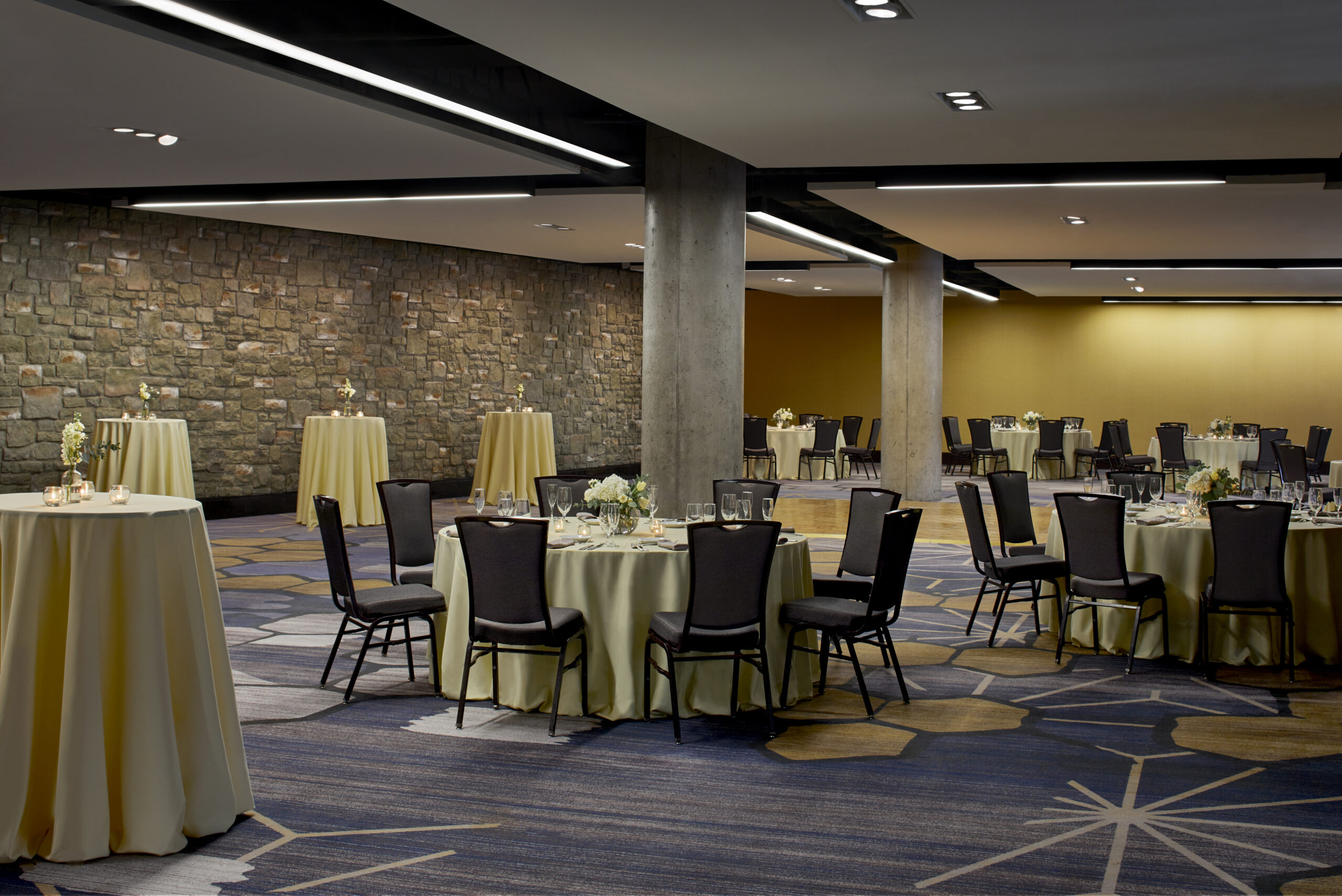
Ever visit a convention center to peek into American history? That’s exactly what you can do at Lancaster County Convention Center (LCCC) in eastern Pennsylvania. This is Pennsylvania Dutch country, and the charming and lively city of Lancaster (pop. 57,500) is one of the oldest noncoastal communities in the nation.
It was also a key station in the Underground Railroad that helped enslaved Blacks escape their servitude in the South.
On South Queen Street in Lancaster, on a site shared by LCCC, sits the 19th-century home and law office of a remarkable man named Thaddeus Stevens, a firebrand abolitionist elected to Congress who so tirelessly championed Black emancipation and suffrage that he frequently criticized Pres. Abraham Lincoln as too plodding on these issues.
Stevens hired as his housekeeper a free woman of mixed race, Lydia Hamilton Smith. Their brick, two-story house will open to the public in 2025 as The Thaddeus Stevens & Lydia Hamilton Smith Center for History and Democracy.
For now, from within LCCC, you can view into the building through a glass wall.
Smith, who would come to be Stevens’ companion and cared for him until the end of his life, was widely believed to be his mistress. Stevens himself, who was white but faced discrimination because of a clubfoot and, in adulthood, hair loss due to alopecia areata, maintained that rumors about their relationship were “totally without foundation.” Whatever the case, what they accomplished together is of far more interest.
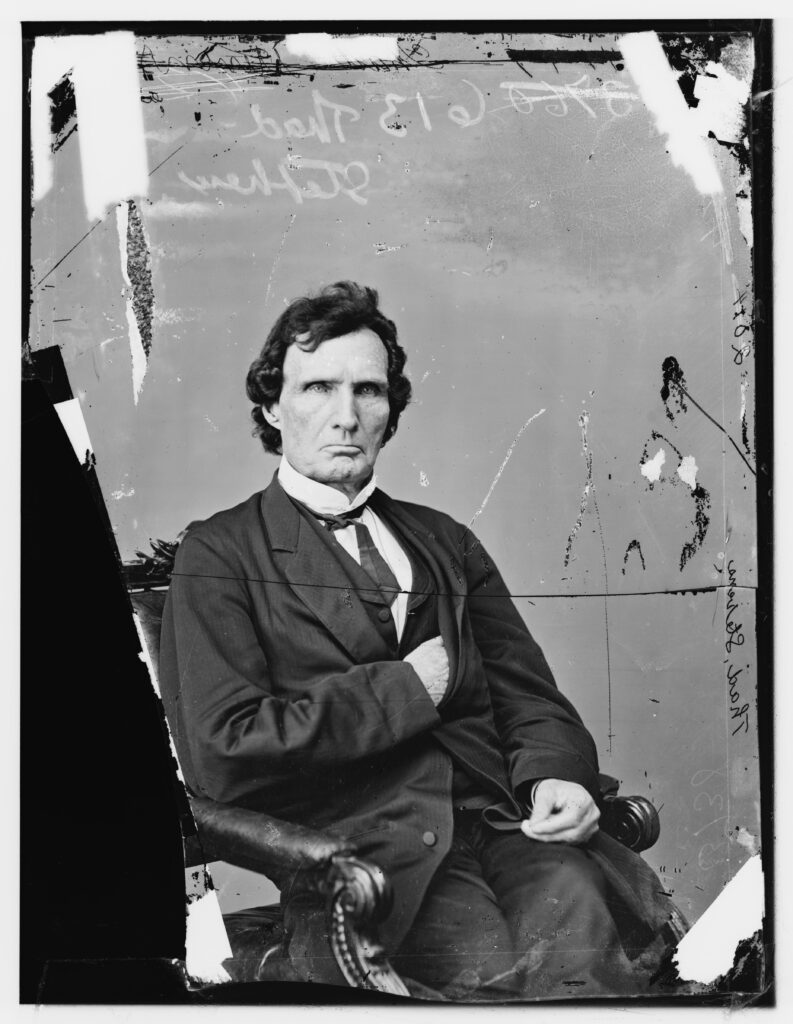
An excavated cistern behind the home was found to contain thousands of archaeological items left behind by freedom seekers whom Stevens and Smith hid. The cistern and adjacent areas behind and below the property will be “interpretive spaces to contemplate the experiences of enslaved people,” according to the LCCC website. The house itself, furnished with many original furnishings and artifacts, “will immerse visitors in the lives and work of these influential figures… It will tell the stories of freedom-seekers, abolitionists and ordinary citizens and public servants alike who used social and political means to advance the quest for freedom and equality in 19th-century America.”
In addition to the Stevens-Smith house, preservationists have restored the facades of the Kleiss Tavern next door, as well as the house in which Smith lived with her two children until she moved in with Stevens.
Stevens’ impressive victories in Congress included a bill to authorize Blacks to serve in the Union Army to help fight their former oppressors and the creation of the Thirteenth Amendment outlawing slavery. He was also instrumental in passage of the Fourteenth and Fifteenth amendments that established equal protection before the law and the right of all males to vote.
After Stevens’ death, Smith continued to break social barriers to achieve remarkable influence and wealth, according to historians. As the website for the Stevens-Smith center puts it: “A landlord and business owner in a challenging era for women, especially Black women (Smith could not legally claim citizenship until 1865), Smith nonetheless filed lawsuits to defend herself and her property. She mingled with the nation’s most influential politicians and drew national attention.”
This article appears in the May/June 2024 issues. You can subscribe to the magazine here.


